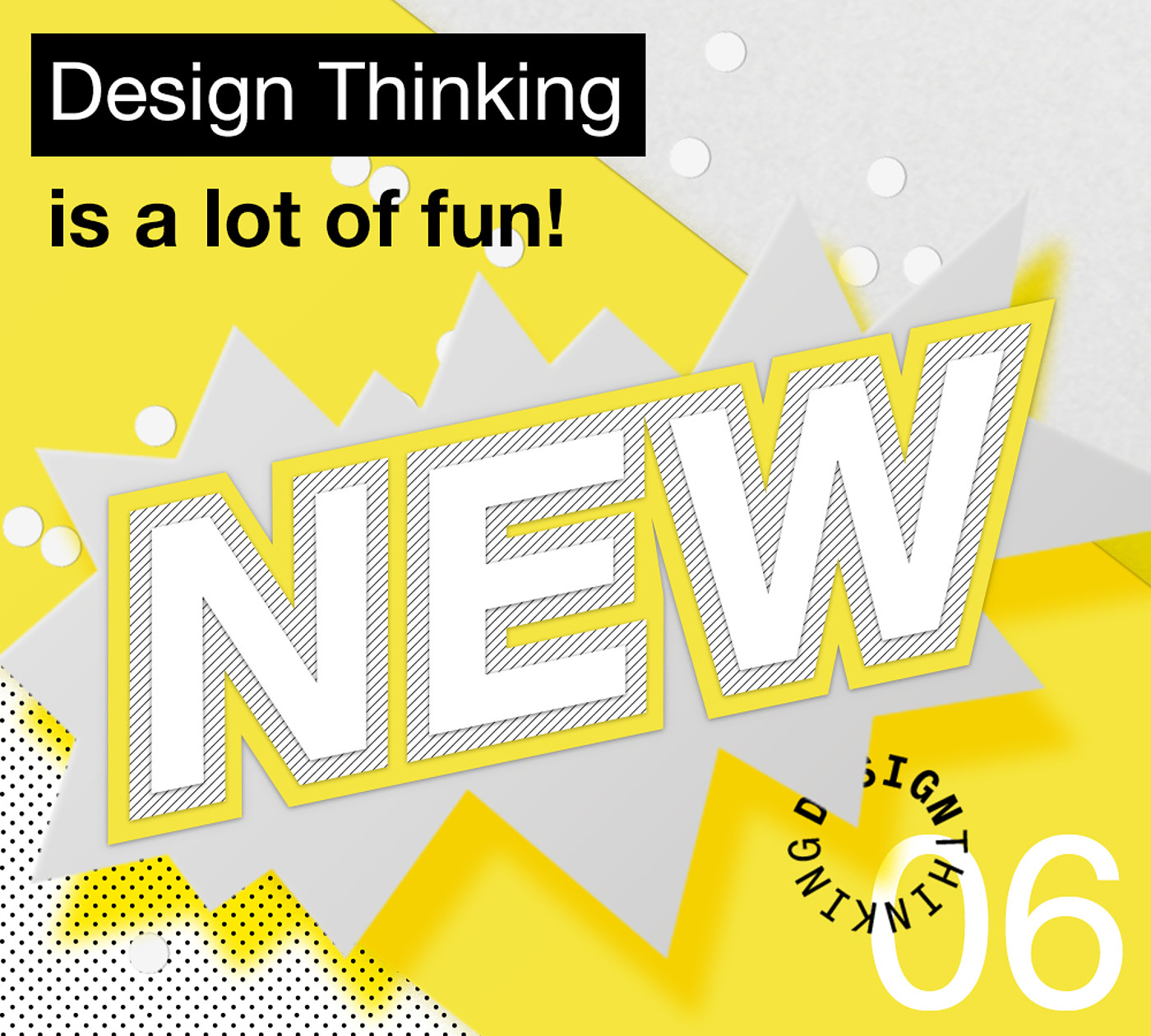It is now common knowledge that the digital transformation must also be reflected in the culture of a company. But “cultural change” is a big word - and you can’t simply announce it. It's not the word that shapes culture, it’s what we do. The first rule of Design Thinking is: Don’t talk. Do! As an agile method for creative problem solving, Design Thinking makes the new process patterns of digital transformation immediately tangible: solution- and customer-oriented, open-ended, flexible and interdisciplinary. In the best case scenario agile ways of thinking and working are directly transfered into daily work. Of course, a design thinking workshop will not change the culture. But it is a good place to start.
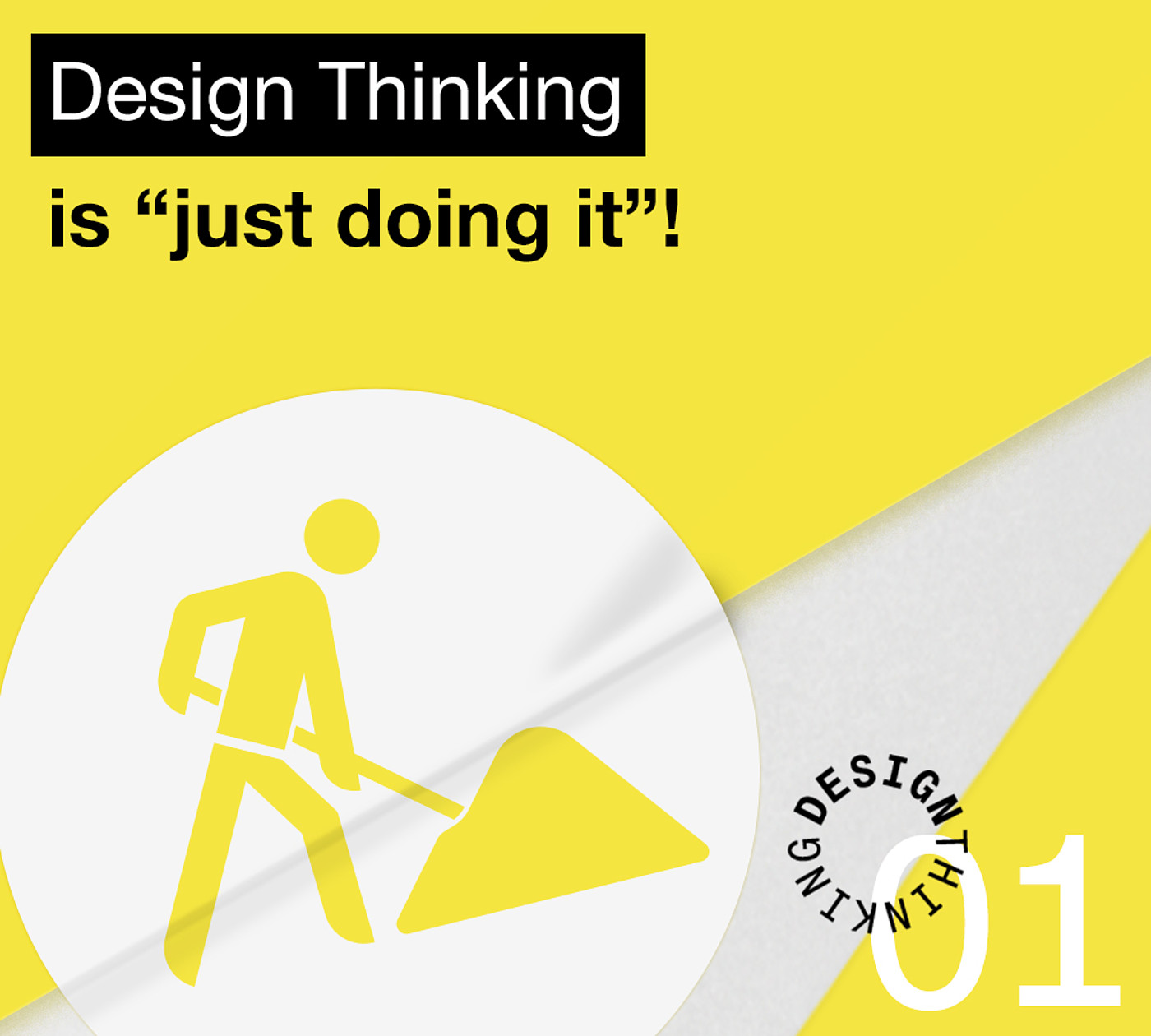
Design Thinking is not rocket science – it is a question of mindset. Engaging with this method primarily means being open to new ways of thinking and working. Design Thinking unites all the principles of agile working: speed and willingness to change, customer and implementation orientation, creativity and empowerment, interdisciplinary and cross-hierarchical cooperation. The variety of applicable methods favours unusual ideas, working in small teams leads to strong involvement of the participants. In this way, Design Thinking triggers powerful dynamics for designing digital transformation.
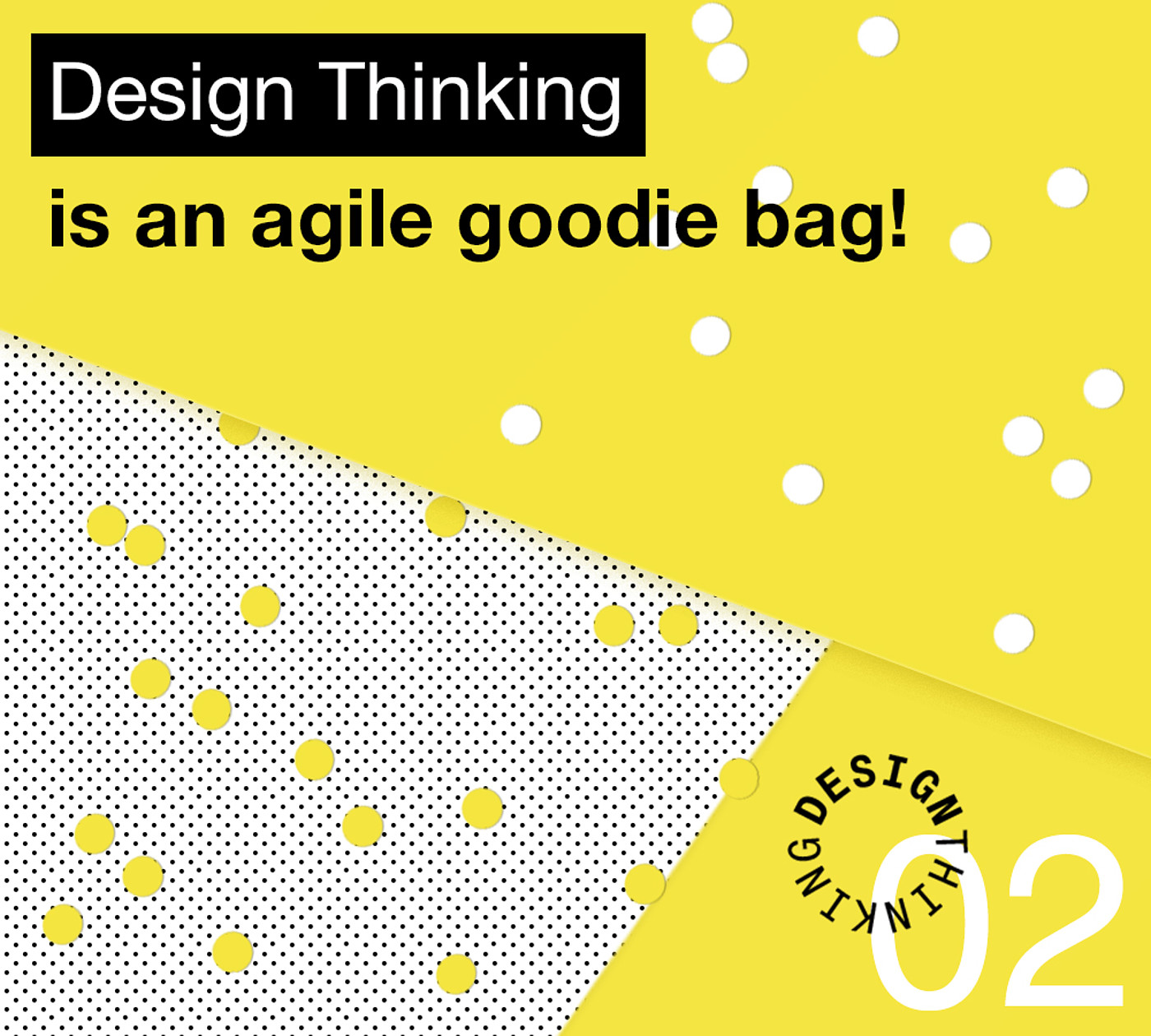
Beyond the hype, agility ultimately pursues just one goal: competitive success – by developing value-adding products, solutions or services. Like all agile methods, Design Thinking is therefore strongly result-oriented. A structured, iterative process provides the framework. Whether it is about innovative products or business models, the realisation of strategic goals or new forms of cooperation: at the end of an iteration there is always a prototype. This makes ideas tangible and communicable. The solutions concretised in the prototype are then tested on the target group and refined to maturity.
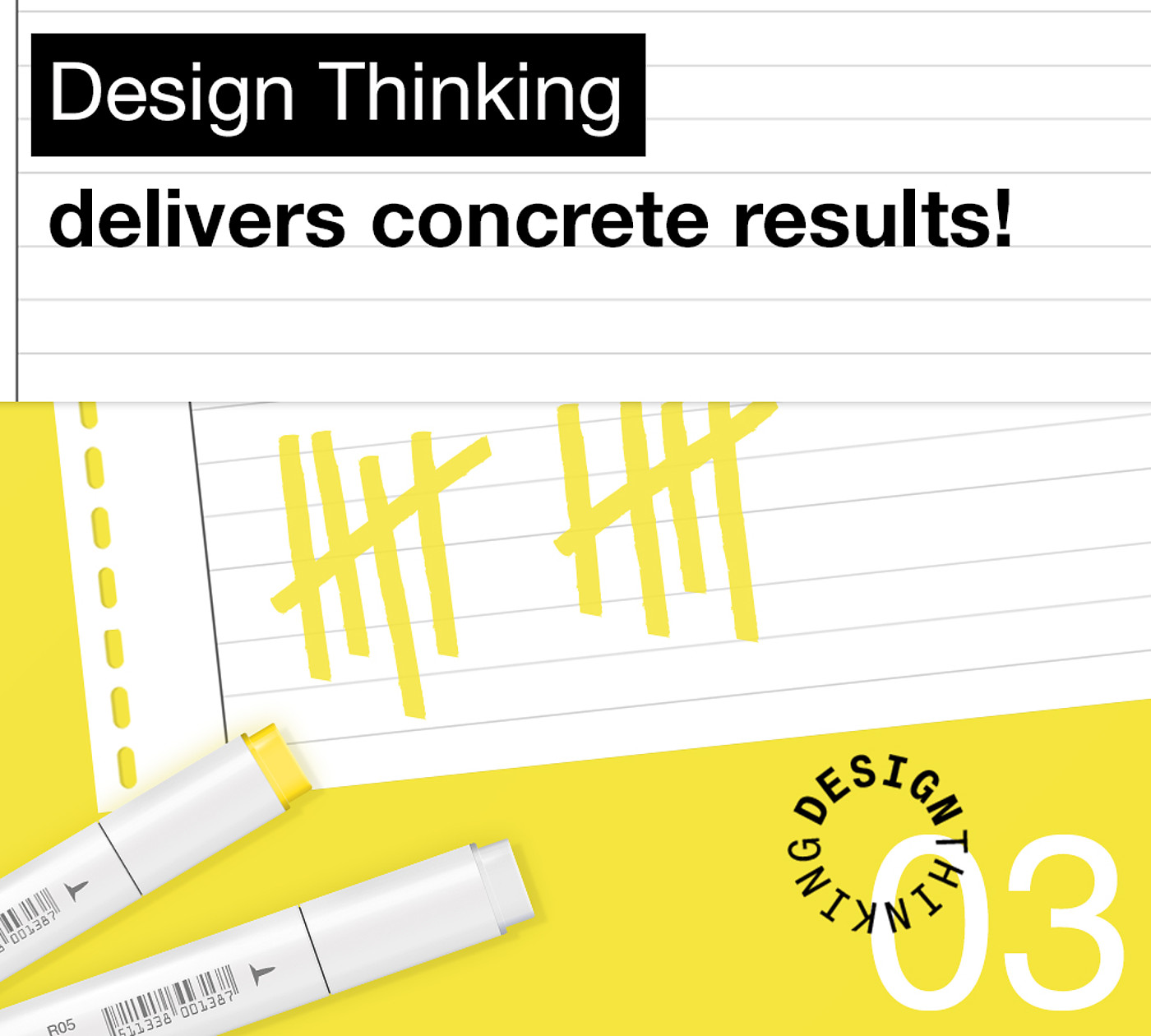
Digital transformation is a joint search and learning process. The focus is not on inward navel-gazing, but rather on opening up to the outside, towards the customer and the competition. Design Thinking forces us to consistently adopt an external perspective. A problem is always completely investigated from the perspective of the target group before the search for solutions begins. Personas, mood boards, user journeys and structured interviews are just a few of the instruments from the Design Thinking toolbox that focus on the target group.
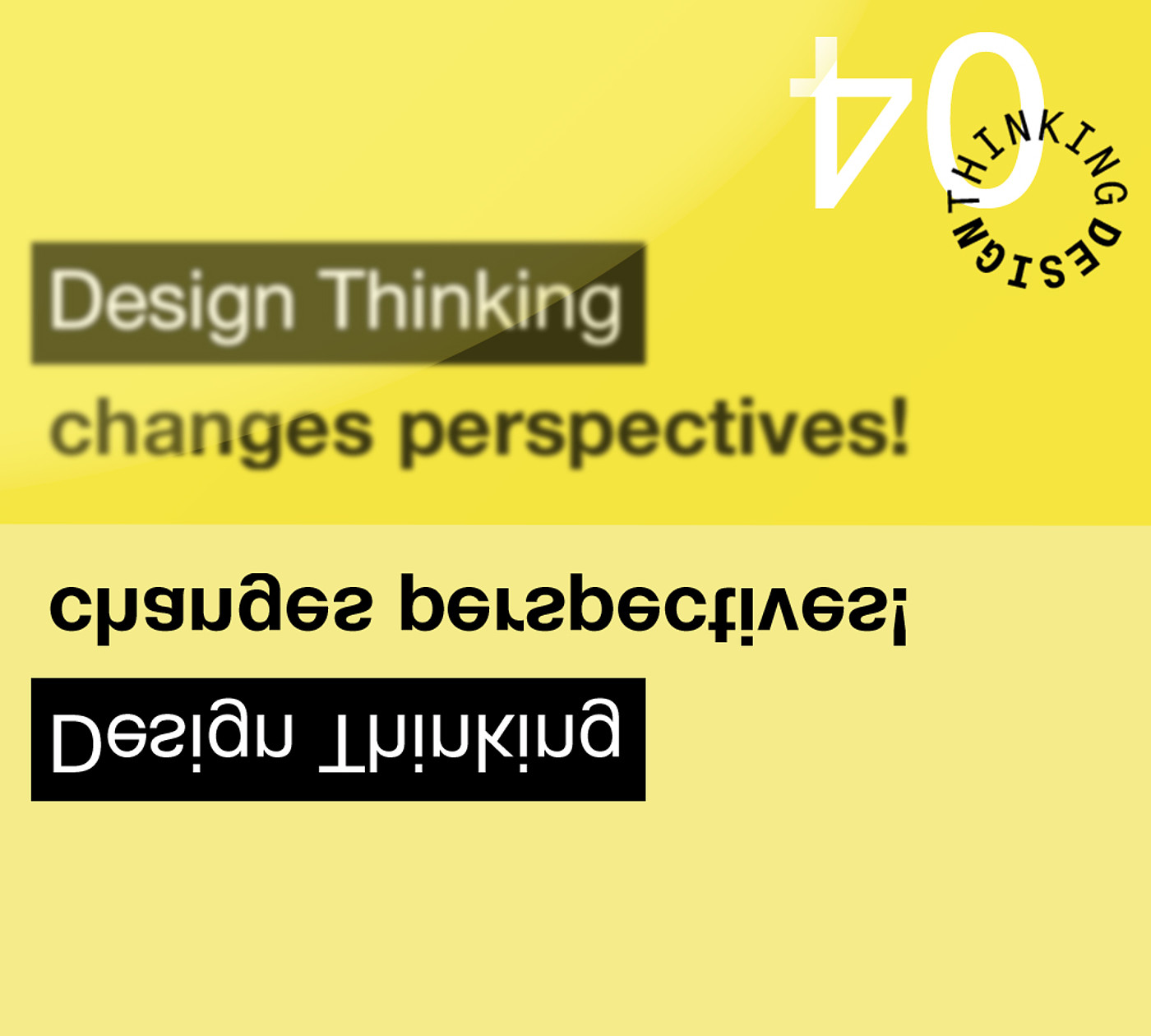
Design Thinking can be used as a set of methods for creative and solution-oriented meetings, can form the framework for innovation projects lasting several months or can be understood as the fundamental mindset and approach of an agile business culture. Highly intensive and result-oriented Design Thinking workshops provide powerful impetus for digital transformation. Within one day, teams can work on a wide variety of issues and, for example, develop formats for the design of agile leadership and collaboration or design measures for the implementation of strategy content.
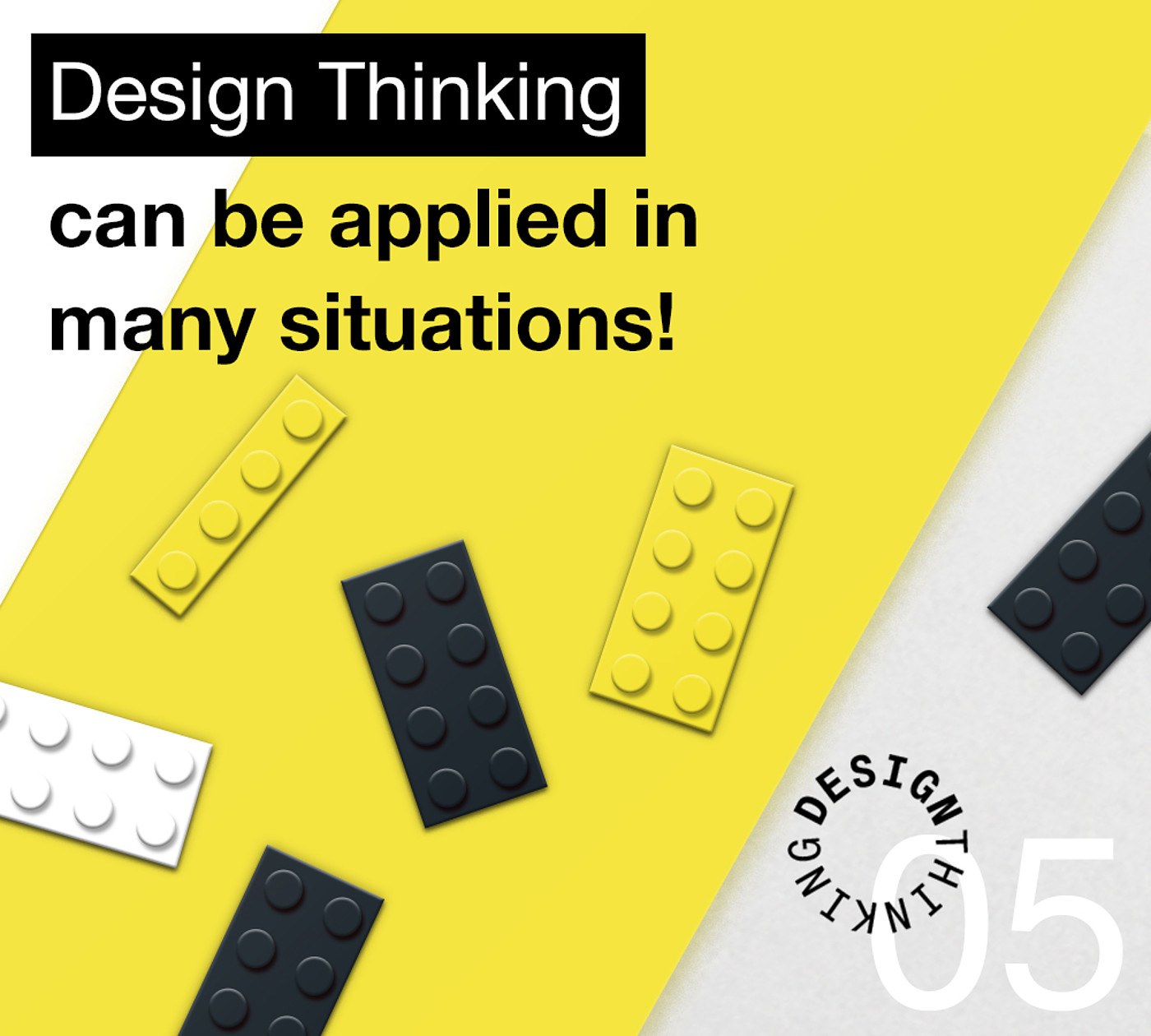
Design Thinking is new, unfamiliar and open-ended. With Design Thinking, you move off the beaten track – and sometimes even outside your own comfort zone. Design Thinking requires an intensive examination of different perspectives and people. At the same time, Design Thinking promotes teamwork and opens up new perspectives on oneself and the world. It is exciting, colourful, open, fast, surprising and extremely creative. Design Thinking is a lot of fun!
